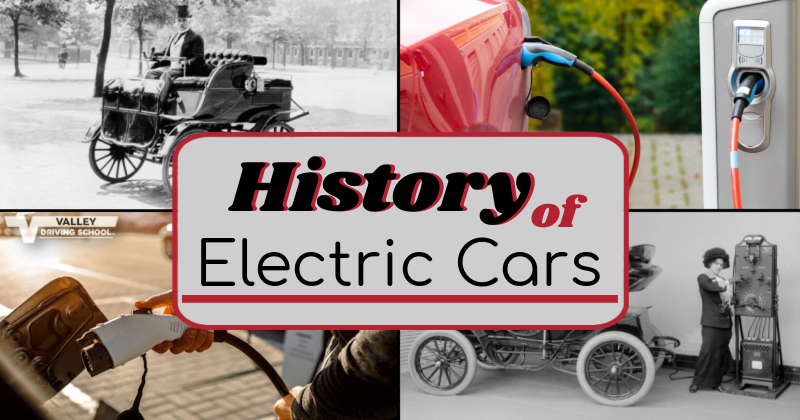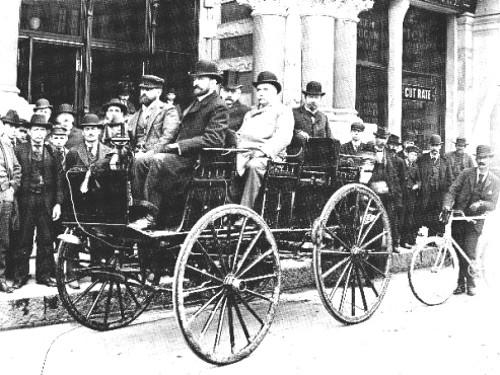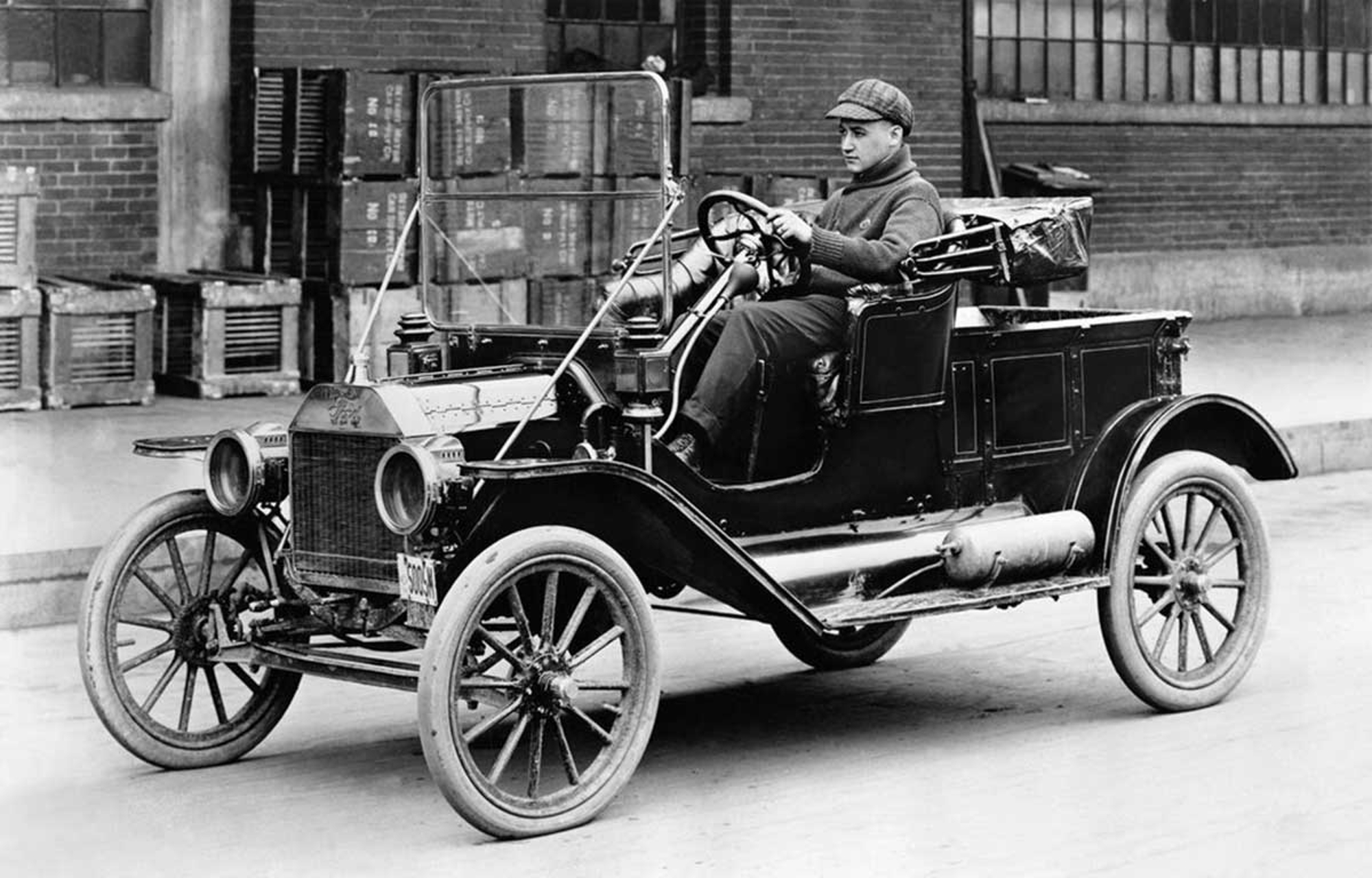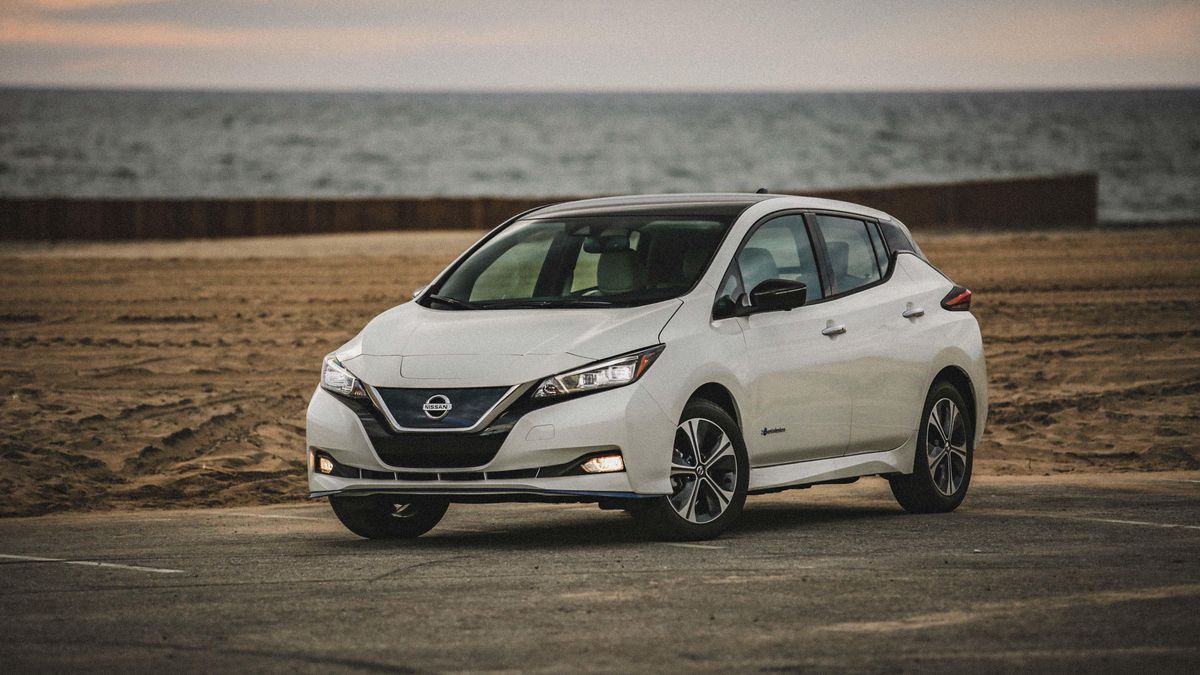Do you drive an electric car, or even a hybrid vehicle? From Hyundai to Tesla, there are energy-efficient and electric-powered vehicles available in Canada at almost every price point. As more electric cars become available, it's easy to forget that their conception started almost 200 years ago.

We’re looking back at the electric car’s early days and where they are today!
Early Development

Although electric cars may feel new to the market, the first electric carriage was actually built by Robert Anderson in 1830. Anderson, who was a Scottish inventor, powered his carriage with non-rechargeable primary power cells. Electric vehicles didn't become practical until 50 years later though, when they went through a small boom in Europe. North America saw its first electric car around 1890, built by William Morrison, who was also Scottish but resided in Des Moines, Iowa. Morrison was a chemist, which led to a piqued interest in battery storage. Having the United States first electric car was not his prognathism intention, as he was just using a horse-drawn carriage as a demonstration of the increased battery storage as a power supply. Morrison used 24 batteries attached to the carriage, as well as various innovations for providing the driver with full control.
Electric carriages were quite popular into the 1900's as they were quiet, easy to drive, and didn't emit odorous exhaust - unlike their gas and steam powered counterparts of the time, which were loud and required a hefty learning curve to operate. More and more of the population was gaining access to electricity in the 1910’s, which meant it was easier for electric cars to be charged throughout all households. As popularity grew, the electric carriages accounted for nearly a third of all vehicles on the road in the United States.
Big Innovators

With the popularity booming across the globe, many innovators started working on making the electric vehicle better by improving the technology. An electric car called the P1, or Porsche Number 1, was the first vehicle developed by Ferdinand Porsche, who went on to create the Porsche sports cars we know today. The P1 was actually created by Porsche for a different car maker company: Jacob Lohner. Although made for Jacob Lohner, the P1 was still out there making a name for Ferdinand Porsche when it won first place during a Berlin road race - finishing 18 minutes ahead of the second place car!
Thomas Edison even jumped on board, working towards a better battery. Henry Ford - yes, that Ford - joined forces with Edison, exploring options for making the electric vehicle cost effective. With his interest in better battery storage, Edison started the "Edison Storage Battery Company" and got to work researching and building alkaline and nickel-iron batteries. While the company did produce rechargeable vehicle batteries, there were many complaints from customers and Edison had to continually go back to the drawing board to fix issues. His company did eventually develop a highly efficient nickel-iron battery but they were now well behind the boom of electric vehicles and their popularity faded before Edison's battery was ready.
Cost Effective Cars
While Edison was focused on providing the best electric option, Ford had his eye on the most low-cost option and this was, widely, what the general public wanted too. In 1908, Ford started production and sales with the Model T and by 1912, was selling it for $650. Compared to the roughly $1750 that an electric roadster would set a driver back, the Model T was the everyday people vehicle, and the low-cost option easily started to outsell and outshine the electric car.

In partnership with Cadillac, an American inventor and engineer named Charles Kettering set out to find a new alternative to the hand-crank that was a staple for gas-powered vehicles. In addition to Ford’s Model T’s, 1912 saw Kettering’s success wherein he devised an electrical system which performed three functions: a starter, producer of spark for ignition; and source of current for lighting. This system is still used for modern cars today.
Between the low-cost of a Model T, the removal of a hand crank for ignition, and crude oil discoveries in Texas, Americans made the quick switch to gas-powered vehicles and electric vehicles all but disappeared by 1935.
The Electric Comeback
In the last few decades, electric cars have increased in popularity as more people look for ways to reduce their environmental impact, save money on fuel, and take advantage of some of the other technological and design advancements made by companies like Tesla. Provinces, states, and countries have also taken action to encourage buyers to try the electric market with rebates, purchase incentives, and even designated parking spaces and lanes. You’ll notice this on the Trans-Canada Highway on the way into and out of Vancouver.

In the 2000’s and 2010’s, increasing attention to climate change and a decline in oil industry prosperity has renewed interest in electric cars, and automakers have responded accordingly. In 2018, the two best-selling electric vehicles were the Nissan Leaf and the Tesla Model S. There are now over 45 models available around the world to choose from! Cumulatively, more than 1 million modern, highway-capable electric vehicles were sold globally by 2016. As the price of lithium-ion batteries decreases, the overall cost of electric cars continues to decrease, making it a viable option for even more people!
--
Taking a look at how far the electric vehicle has come not only gives you an appreciation for the innovators hard work, but also a good look into why they are an important part of driving forward with better and more sustainable technology! Style, functionality, performance, and cost efficiency are only bound to increase as we enter the 2020’s and more and more people begin to take steps to reduce their carbon footprint.
